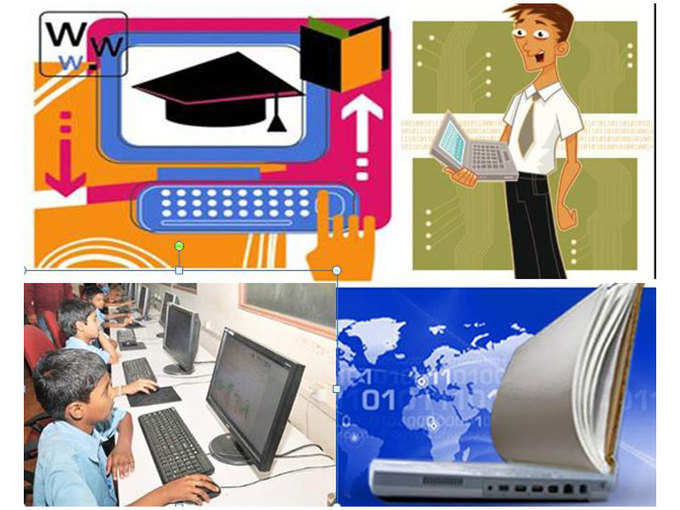 Higher
Higher The appetite for education among the India’s young population is some sort of a universally known phenomenon. The great Indian middle class employs education to cross over the economic limitations and get up a notch higher than the previous generation.
Increased levels of disposable income, opportunities to grow, with multi-disciplinary qualification encourages the young and old to continue education even after having taken up a career. Because an added qualification provides them with specialisation in the chosen field, or open a new vista in an emerging area and make the growth a tangible chance.
Now, with higher levels of disposable income and a career growth that would bring them face to face with international exposure, younger generations are constantly looking at avenues that will help them grow within a short span of time. And nothing else gives them the access to growth like an added dimension of specialisation?
The need for unconventional modes of disseminating education more accelerated than ever before. Because by 2020, India will have the world’s largest tertiary-age population, and second largest graduate talent pipeline globally, just behind China. But, guess what, India would be much ahead of US in this case. Sooner than later, India will supersede China in tertiary age population in the next decade or so, opening up new opportunities for education and growth.
Government has new plans to transform the sector in the next few years. Aspects of education are being remodeled and redesigned after a long deliberation on the need and relevance of it. The change achieved thus will be total and completely transformational.
The strength of India’s middle class is its dynamic growth. From 50 million now, the Indian middle class will grow into 500 million by 2025. By the end of this decade, India will be world’s third largest economy, with a huge chuck of generation demanding access to
The
Government’s key initiatives to push student enrolments in primary and higher education and distance learning have been propelling market expansion in the area. The rapid adoption of mobile and technology related devices is set to play a major role in the way digital learning will turn into a feasible choice.
Some states in the country have been adopting tablets to aid e-learning by children. The middle aged professionals are encouraged to continue education through specific modules to add value to their career and also to the serving company which may be engaged in collaboration with foreign universities.
This enables professionals to devote more time, at their convenience and also give ample learning tools for children to learn in a manner that has been unconventional so far. When a generation grows up on a staple of e-classrooms, preferring online education over conventional mode of classroom learning is the most organic way that growth surges ahead.
India has become the hub of learning to content outsourcing for e-learning. According to Deloitte, developing an online course would cost much lesser in India – by even 20 to 40% -- on the total development of the project.
With higher education sector in India poised for a growth of an average 18% per year till 2020, the new model of education can play a key role in accelerating the growth and adding newer dimensions to it.
Because growth of online education would not only mean the market expansion of the sector alone, but also that of the specific applications and customised tablets that can help the user access more tangible things online than just economy.
However, what can be a hindering factor to this growth of online education is though the number of online providers of education has increased, it has not been an organised growth owing to the fact that uniform code is yet to be implemented. Once this is put in place, there’s no stopping those who seek to learn better through technology.